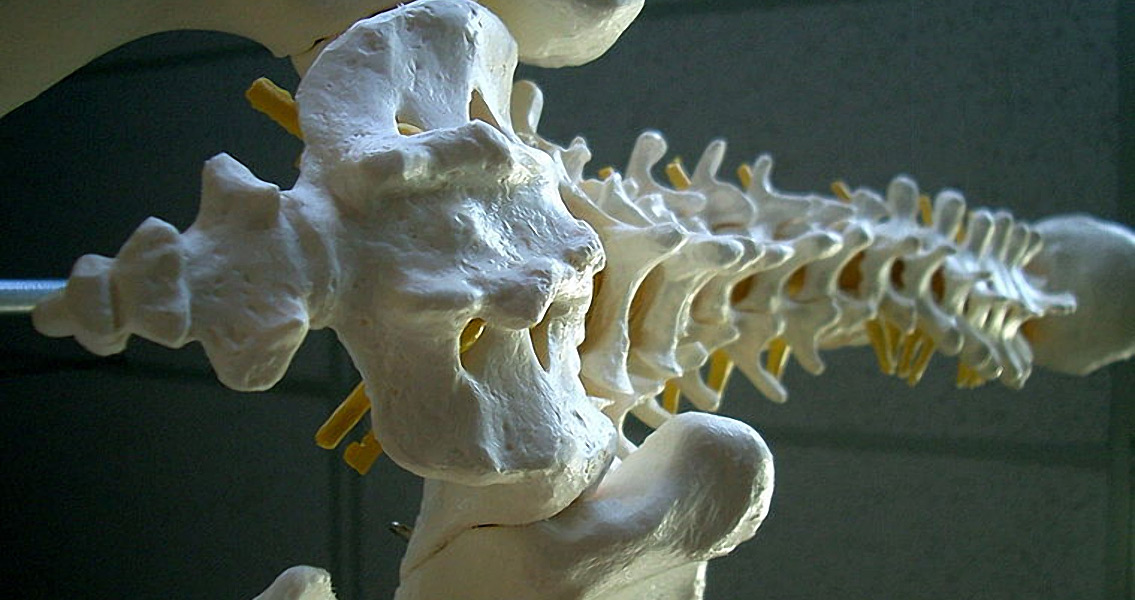<![CDATA[Humans and chimpanzees had a common ancestor until sometime eight between nine million years ago, when the two genera split and took different evolutionary paths. Hominins started walking on two legs, while chimps remained quadrupeds. One result of this split may be a spinal problem that occurs in humans today, the so-called 'Schmorl’s node'. The Schmorl’s node is a sort of hernia, a protrusion of the cartilage disc between vertebrae. The interesting thing is that people who suffer from a Schmorl's node also have some elements in their vertebrae that are indistinguishable in shape from those of chimpanzees. Kimbery Plomp, a biological anthropologist from Simon Fraser University in Canada, studied the shape of ancient human, orangutan, and chimpanzee vertebrae to see whether she could link the evolution into upright walking, the shape of the vertebrae themselves and our spinal health. This research adds to a growing amount of data derived from ancient human remains that speak volumes about the injuries and diseases our ancestors suffered from, and how their lifestyles had a bearing on their health. The study has taken seven years, during which time Plomp and her team have studied a large number of ancient human bones, comparing them to those of other primates. The finding that suggests evolution is not always smooth and links it to modern spinal health, is this difference in the vertebral elements of Schmorl’s node patients. The implication is that evolution did not succeed in making all humans perfectly suited to walking on two legs. A Schmorl’s node is a relatively frequent ailment, which becomes more pronounced as we age. Although they don’t cause any symptoms usually, the nodes are considered a spinal abnormality. This abnormality may, following the latest research, come to be seen as a remnant of a distant past when we walked on all fours like our cousins the chimpanzees, with which we share 98% of our DNA. The study, according to the official press release, may well be the first quantified evidence that links walking on two legs to spinal health. Plomp and her colleague, professor Mark Collard, have called their theory the “ancestral shape hypothesis”, which could be summarised as follows: some people’s spines are closer in their structure to chimp spines, which makes them more susceptible to problems arising from the need of the spine to carry the weight of an upright body. In Plomp’s words, “the pathological vertebrae of some people may be less well adapted for walking upright.” The researchers’ work is still not finished, and they will now continue by using 3D models of ancient and modern vertebrae, both from humans and from other primates, to look into other spinal conditions as well, for instance osteoarthritis. The research is part of the Human Evolutionary Studies Program, a Simon Fraser University project aiming to create an international research and training platform that should benefit all aspects of human life thanks to a greater, deeper understanding of evolutionary theory and its implications for sciences varying from economics to psychology. Image courtesy of Wikimedia Commons user: Steve Jurvetson ]]>
Research Links Evolution with Spinal Trouble
